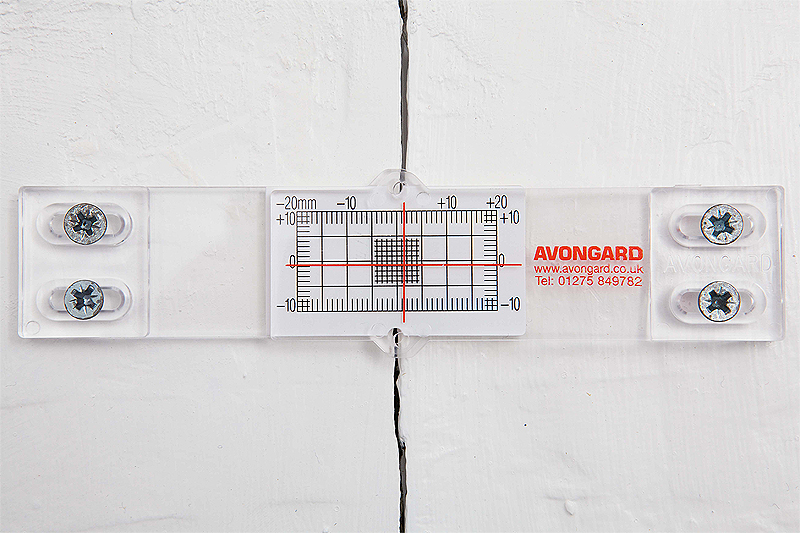What factors can cause damage to concrete?
The primary causes of damage to concrete, at least in South Florida, are changes in temperature and moisture (excluding some other issue like settlement). Concrete is porous, meaning it is not waterproof, and has many tiny openings on the exterior surface. These tiny openings can allow water inside. The water reacts with the concrete which will damage the concrete material if the concrete is not properly protected. The tiny openings can also expand and get bigger as temperatures rise, allowing even more water into the material, and creating large cracks. Adding to all of these problems, there is usually steel inside the concrete too, which expands and rusts when affected by water, further destroying the concrete layers in a process we call spalling. These spalling areas can cause significant distress to the structure.·
How often do these damages happen?
Concrete that is properly protected from water can last well over 100 years. We are starting to realice that our modern concrete structures should be checked for integrity every 10 years and likely will need to be “restored” around the 40 year mark if the building is located near the ocean.·
How much can repairing these damages cost?
It is a case by case cost, and depends on the extent of damage. Some homes may need minor repairs on the order of $10,000 while some condominiums may require large repairs over $1,000,000.·
What materials or equipment do you use to repair the damages?
Typically a restoration contractor will utilize demolition tools to remove damaged concrete, a sandblaster to clean any rusted steel inside the concrete, and repair mortar to replace the damaged concrete surface material. They would also use specialized chemicals to coat the steel before placing the repair mortar, such as Sika Armatec 110 primer. ·
How long does it take to repair damages?
Typically small repairs can be designed, permitted, and repaired within 2 months. Longer projects take up to a year or more. ·
How do you prevent damages that may happen again in the future?
Concrete must be protected from the exterior environment. Concrete can be protected by various methods of waterproofing and painting. This waterproofing must be installed by competent contractors and must be reviewed for watertightness frequently by professionals in their field. Concrete can also be X-rayed, sounded with high-frequency machines, or cored out of the structure to be physically compressed by a machine to evaluate its strength.

